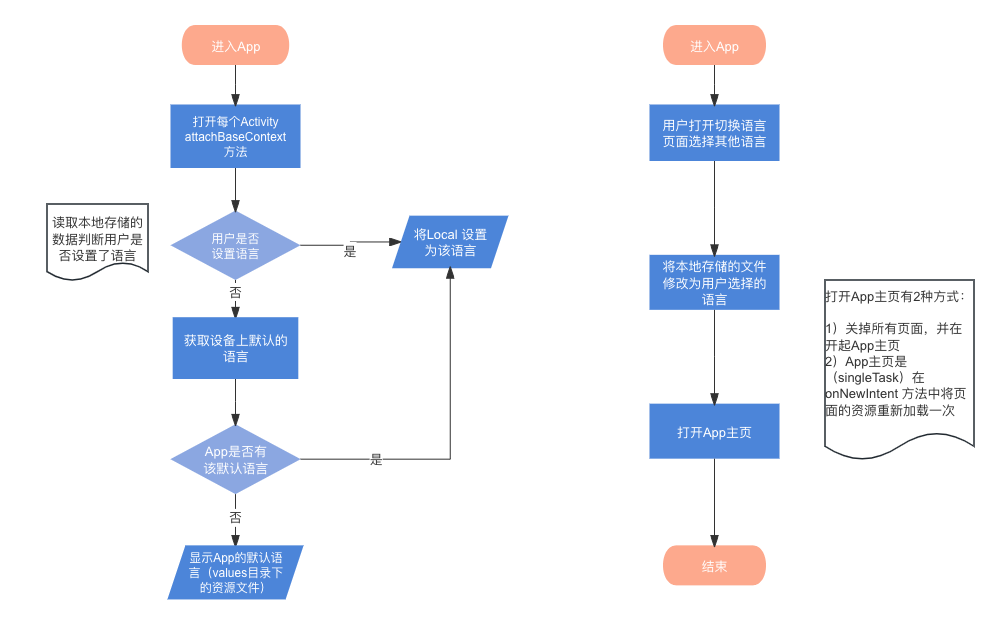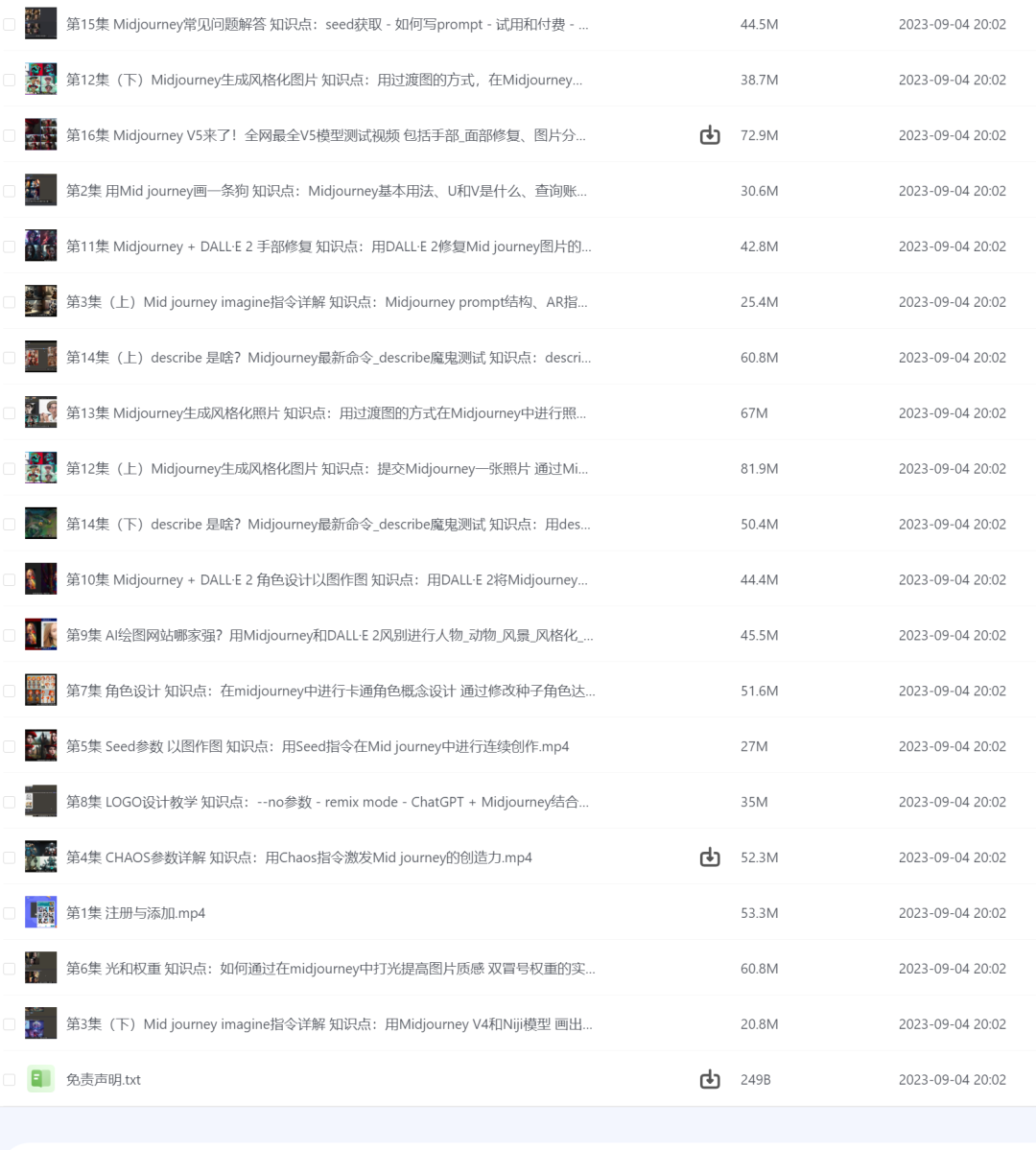
1. 栈(Stack)
1.1 栈的定义
**栈是一种特殊的线性表,其只允许在固定的一端(栈顶)进行元素插入和删除元素操作。**进行数据插入和删除操作的一段称为栈顶,另一端则称为栈底。栈中的数据元素遵守后进先出LIFO(Last In First Out)原则。

1.2 栈的核心操作
- 压栈(push): 对数据元素进行栈的插入操作叫做压栈/入栈,栈的操作都是针对栈的一端(栈顶)进行的。
public void push(int val) {
if(isFull()) {
this.elem = Arrays.copyOf(this.elem,elem.length*2);
}
this.elem[useSize++] = val;
}
private boolean isFull() {
return useSize == elem.length;
}
在插入数据元素时,要注意判断栈的空间是否需要扩容,当栈空间满时需要对栈空间进行扩容。
2. 出栈(pop):栈的删除操作叫做出栈,栈的删除操作也是在栈顶执行的。
public int pop() {
if(isEmpty()) {
throw new EmptyException("栈为空,不能pop");
}
return this.elem[--useSize];
}
public boolean isEmpty() {
return this.useSize == 0;
}
当栈为空栈,即栈中没有元素时我们不能对栈进行删除操作,否则抛出异常中止运行,所以在进行栈的删除操作时需要先判定栈中元素是否为空。
1.3 栈的模拟实现
顺序表模拟实现栈
//MyStack.java
package stack;
import java.util.Arrays;
public class MyStack {
public int[] elem;
public int useSize;
public MyStack() {
this.elem = new int[10];
}
public void push(int val) {
if(isFull()) {
this.elem = Arrays.copyOf(this.elem,elem.length*2);
}
this.elem[useSize++] = val;
}
private boolean isFull() {
return useSize == elem.length;
}
public int pop() {
if(isEmpty()) {
throw new EmptyException("栈为空,不能pop");
}
return this.elem[--useSize];
}
public int peek() {
if(isEmpty()) {
throw new EmptyException("栈为空,不能peek");
}
return this.elem[this.useSize - 1];
}
public boolean isEmpty() {
return this.useSize == 0;
}
public int size() {
return this.useSize;
}
}
2. 队列(Queue)
2.1 队列的定义
队列是只允许在一端进行插入操作,在另一端进行数据删除操作的特殊线性表。队列中允许进行插入操作的一端称为队尾(Tail/Rear),进行数据删除操作的一端称为队头(Head/Front).

2.2 队列的核心操作
- 入队列(offer):对于数据的插入操作,我们从队尾入队列。
public void offer(int val) {
ListNode newNode = new ListNode(val);
if(this.head == null) {
this.head = this.tail = newNode;
return ;
}
this.tail.next = newNode;
newNode.pre = this.tail;
this.tail = this.tail.next;
}
对于入队列操作,我们这里是利用链表来实现的队列,因此在进行插入操作的时候要特别注意队列为空时的操作。
2. 出队列(poll): 我们从队头进行数据的删除操作。
public int poll() {
if(isEmpty()) {
throw new EmptyException("队列为空,不能poll");
}
int val = this.head.val;
this.head = this.head.next;
if(this.head == null) {
this.tail = this.head;
}else {
this.head.pre = null;
}
return val;
}
需要特别注意判别队列是否为空,当队列为空时删除操作是没有意义的。
2.3 队列的模拟实现
链表模拟实现队列
public class MyQueue {
static class ListNode {
public int val;
public ListNode next;
public ListNode pre;
public ListNode(int val) {
this.val = val;
}
@Override
public String toString() {
return "ListNode{" +
"val=" + val +
", next=" + next +
'}';
}
}
public ListNode head;
public ListNode tail;
//入队列
public void offer(int val) {
ListNode newNode = new ListNode(val);
if(this.head == null) {
this.head = this.tail = newNode;
return ; }
this.tail.next = newNode;
newNode.pre = this.tail;
this.tail = this.tail.next;
}
//出队列
public int poll() {
if(isEmpty()) {
throw new EmptyException("队列为空,不能poll");
}
int val = this.head.val;
this.head = this.head.next;
if(this.head == null) {
this.tail = this.head;
}else {
this.head.pre = null;
}
return val;
}
//获取队头元素
public int peek() {
if(isEmpty()) {
throw new EmptyException("队列为空,不能peek");
}
return this.head.val;
}
//获取队列中有效元素个数
public int size() {
ListNode cur = this.head;
int len = 0;
while(cur != null) {
len++;
cur = cur.next;
}
return len;
}
public boolean isEmpty() {
return this.head == null;
}
}


















